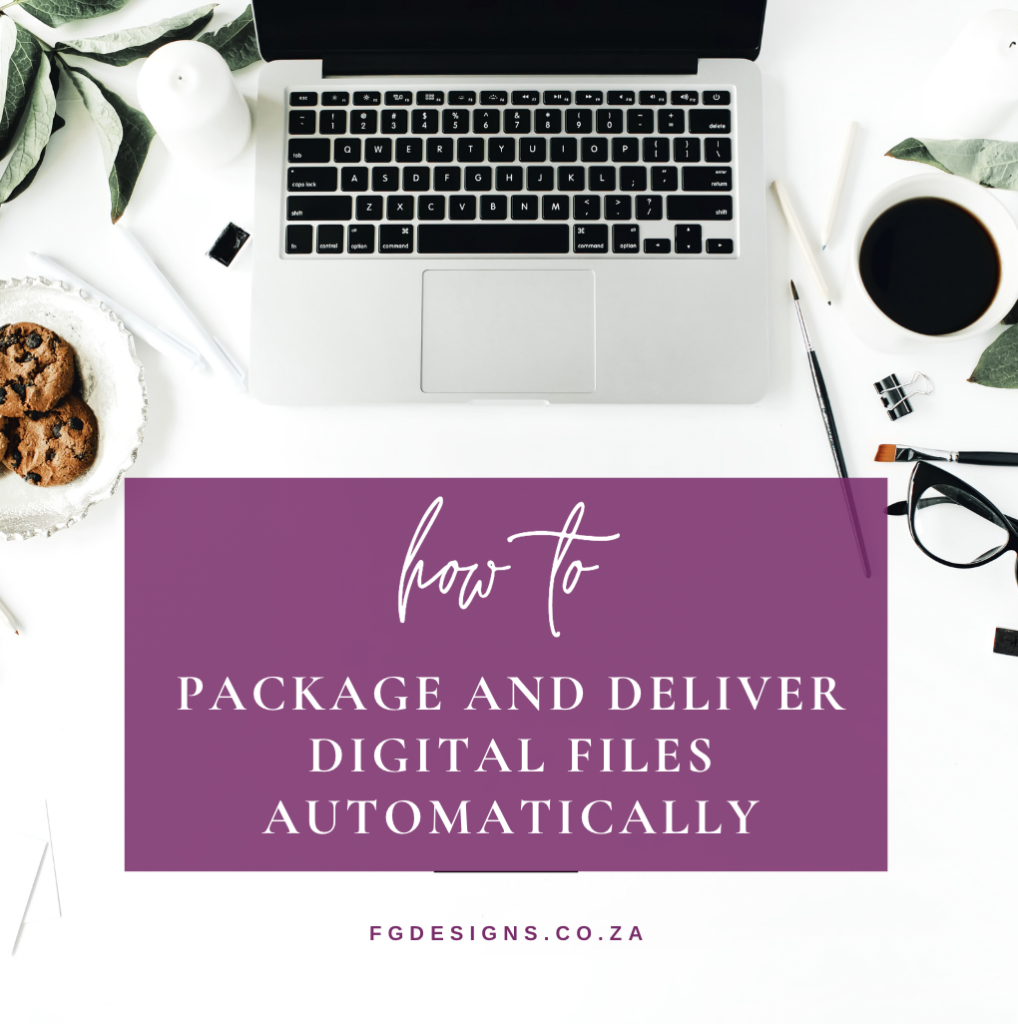How to Package and Deliver Digital Files Automatically

Selling digital products is an excellent way to build a passive income stream, but manually sending files to customers can be tedious and time-consuming. The good news? You can fully automate the process so that your customers receive their files instantly after purchase—no manual work required!
In this guide, I’ll walk you through how to package, host, and deliver digital files automatically, allowing you to focus on creating more products while your sales run on autopilot.
Step 1: Properly Package Your Digital Files
Before setting up automation, your digital products must be well-organized and ready for seamless delivery. Follow these steps to ensure a smooth experience for your customers.
1. Organize Your Files
✔️ If your product includes multiple files (such as different formats like PNG, PDF, AI, or SVG), use folders to keep them structured.
✔️ Clearly name each file (e.g., “Minimalist_Wedding_Invite_Template.zip”).
✔️ Include a ReadMe file with clear instructions, installation steps, or usage guidelines.
✔️ Compress large files into a ZIP folder for easy and efficient downloads.
2. Add Licensing & Instructions
To protect your work and help customers use your product effectively:
- Include a PDF guide explaining how to use the digital file.
- If applicable, add a license agreement to clarify usage rights and prevent misuse.
💡 Tip: For templates, especially Canva or Photoshop files, include step-by-step instructions on how to edit them.
Step 2: Choose the Right Platform to Sell & Deliver Digital Files
Automating digital product delivery requires a platform that instantly sends download links once a customer completes their purchase. Here are some of the best options:
Marketplaces (Great for Beginners)
📌 Etsy – Automatically delivers digital files upon purchase.
📌 Creative Market – Ideal for selling design assets, fonts, and templates.
📌 Gumroad – Supports file delivery, subscriptions, and memberships.
Selling on Your Own Website
For full control over branding, pricing, and customer experience, consider:
💻 Shopify (with the Digital Downloads App) – Perfect for eCommerce businesses.
💻 WooCommerce (WordPress plugin) – Great for selling directly from your website.
💻 Payhip – Simple to set up, allowing automatic file delivery.
💻 Hostinger + WordPress/WooCommerce – If you want a cost-effective, self-hosted solution, Hostinger provides fast, reliable hosting with WordPress and WooCommerce integration. This gives you full control over your store while keeping costs low.
💡 Pro Tip: If selling editable templates, use Canva template share links instead of static files.
Step 3: Automate Digital File Delivery
To ensure customers receive their files instantly after purchase, follow these automation strategies:
1. Use Built-In Auto-Delivery Features
Most platforms like Etsy, Gumroad, and Shopify automatically send download links upon successful payment. Simply upload your digital product, and the platform handles the rest.
2. Set Up Cloud Storage Links (For Large Files)
If your files are too large to be directly downloaded, use cloud storage solutions: ✅ Google Drive – Create a view-only shareable link.
✅ Dropbox – Secure file hosting with direct download options.
✅ Amazon S3 – Best for high-volume sellers requiring reliable storage.
💡 Tip: Always set the link permissions to “Anyone with the link can view” to prevent access issues.
3. Use ManyChat for Automated Delivery on Social Media
Want to sell via Instagram or Facebook? ManyChat lets you automate file delivery with a chatbot!
- Customers comment a keyword like “DIGITAL FILES” under your post.
- ManyChat automatically sends them a checkout link.
- After payment, ManyChat delivers the file via direct message or email.
This strategy works great for Instagram Reels, Facebook posts, and TikTok marketing!
Step 4: Protect Your Digital Products from Unauthorized Sharing
Digital theft is a real concern, but you can take precautions to prevent unauthorized use:
✔️ Watermark preview images (especially for printables and mockups).
✔️ Enable PDF security settings (disable editing and copying where applicable).
✔️ Use license keys for software, fonts, or exclusive digital assets.
Step 5: Automate Customer Follow-Ups & Boost Sales
Once a customer buys your product, don’t stop there! Implement automation to increase engagement and future sales.
📧 Email Sequences – Send a thank-you email with a download link and product usage tips.
📈 Upsell Offers – Recommend related digital products in post-purchase emails.
📲 Retargeting Ads – Run Facebook and Pinterest ads to previous buyers to encourage repeat purchases.
Final Thoughts: Work Smarter, Not Harder
By automating your digital file delivery, you eliminate manual work, provide instant access to customers, and free up your time to focus on creating more digital products.
Your Next Steps:
✅ Organize and package your files properly.
✅ Choose a selling platform that supports automation.
✅ Set up automated delivery through built-in tools or ManyChat.
✅ Protect your digital files from unauthorized use.
✅ Use email marketing and upsells to maximize revenue.
What’s your biggest struggle with selling digital products? Drop a comment below—I’d love to help!
In the spirit of full transparency, some of the links in this post are affiliate links. This means that if you make a purchase through these links, I may earn a small commission at no extra cost to you. I only recommend products or services that I personally use and believe will add value to my readers. Your support helps keep this blog running and allows me to continue providing valuable content. Thank you for your support!
